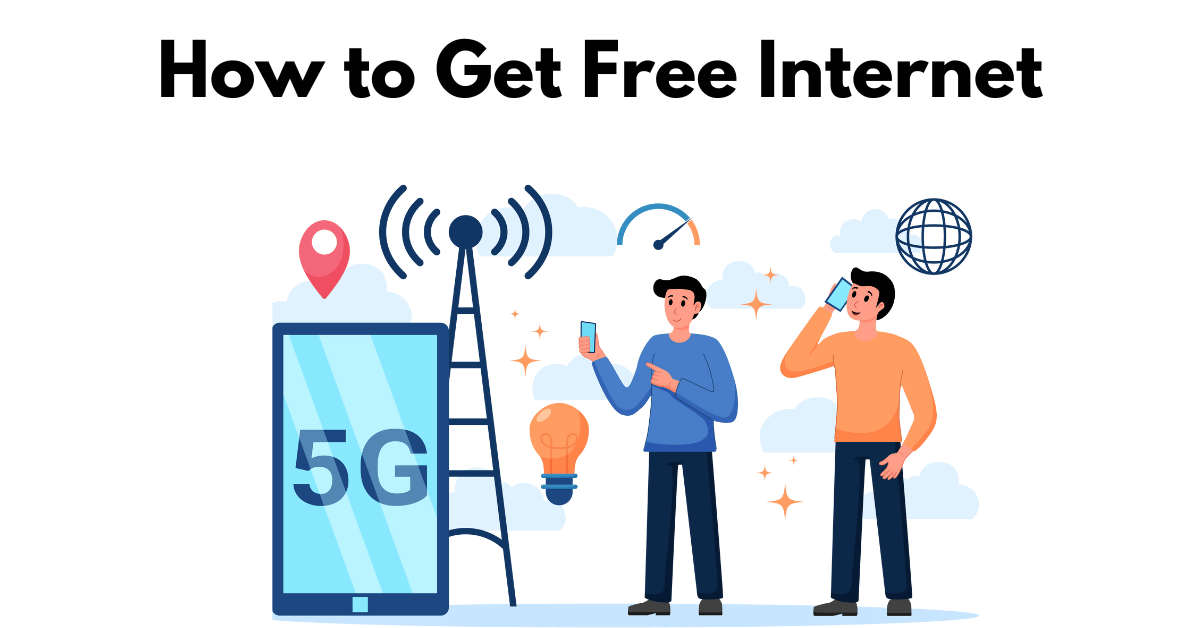Access to the internet has become a fundamental necessity in today’s digital world. However, not everyone has the means to afford it. Free internet access has emerged as a solution to bridge the digital divide and empower underserved communities. In this article, we’ll explore the methods, benefits, and drawbacks of accessing free internet.
Understanding Free Internet
Definition and Types of Free Internet
Free internet refers to access to the internet without incurring any direct cost to the user. It can be provided through various means, including public Wi-Fi hotspots, mobile carrier promotions, and community networks.
Methods to Access Free Internet
There are several methods to access free internet, ranging from public Wi-Fi hotspots to mobile carrier offers and community-based initiatives. Understanding these methods can help individuals make informed choices about accessing free internet.
Pros of Free Internet
Accessibility and Affordability
Free internet increases accessibility to information and services, particularly for individuals with limited financial means. It eliminates the barrier of cost, allowing more people to get online and participate in the digital economy.
Bridging the Digital Divide
Free internet initiatives help bridge the digital divide by providing access to underserved communities. It enables individuals and communities to connect with educational resources, job opportunities, and essential services.
Empowerment and Education
Free internet empowers individuals to learn new skills, access educational content, and pursue personal and professional development opportunities. It plays a crucial role in promoting digital literacy and fostering knowledge sharing.
Cons of Free Internet
Security and Privacy Concerns
Free internet may pose security and privacy risks, as public Wi-Fi networks are susceptible to hacking and data breaches. Users should exercise caution when accessing sensitive information over unsecured connections.
Reliability and Speed Limitations
Free internet services may have limitations in terms of reliability and speed, especially during peak usage periods. Users may experience slow connection speeds or intermittent connectivity, affecting their online experience.
Digital Inequality and Dependency
While free internet initiatives aim to promote inclusivity, they may inadvertently deepen existing inequalities. Communities with limited access to free internet may become dependent on these services, further widening the digital divide.
Ways to Access Free Internet
Public Wi-Fi Hotspots
Public Wi-Fi hotspots are a common source of free internet access, available in locations such as cafes, libraries, and public parks. Users can connect to these networks using their smartphones, tablets, or laptops.
Mobile Carrier Promotions and Offers
Mobile carriers often provide promotional offers that include free internet access for a limited period or data-free access to specific apps and services. These promotions can be a cost-effective way to access the internet on mobile devices.
Community Networks and Initiatives
Community-based initiatives, such as mesh networks and community Wi-Fi projects, provide free internet access to underserved areas. These initiatives rely on local infrastructure and community participation to expand internet access.
Tips for Using Free Internet Safely
Use Encrypted Connections
When accessing free internet, use encrypted connections whenever possible to protect your data from interception and unauthorized access. Enable HTTPS encryption on websites and use virtual private networks (VPNs) for added security.
Avoid Sharing Sensitive Information
Avoid sharing sensitive information, such as passwords, financial details, and personal data, when using free internet connections. Be cautious when accessing online banking, shopping, or other sensitive services over public Wi-Fi networks.
Keep Software and Devices Updated
Keep your software and devices updated with the latest security patches and updates to protect against vulnerabilities and exploits. Regularly update your operating system, antivirus software, and applications to mitigate security risks.
Conclusion
Free internet access has the potential to empower individuals, bridge the digital divide, and promote inclusivity. However, it also comes with risks and limitations that users should be aware of. By understanding the pros and cons of free internet and taking appropriate precautions, individuals can make the most of this valuable resource while safeguarding their online security and privacy.
FAQs
- Is free internet access available everywhere?
- Free internet access may be available in certain locations, such as urban areas, public spaces, and community centers. However, availability may vary depending on location and infrastructure.
- Are there any restrictions on the use of free internet?
- Some free internet services may have limitations on usage, such as data caps, speed restrictions, or time limits. Users should review the terms and conditions of service before accessing free internet.
- How can I find free internet hotspots in my area?
- You can use online directories, mobile apps, or maps to locate free internet hotspots in your area. Alternatively, check with local businesses, libraries, and community centers for information on available Wi-Fi networks.
- What should I do if I encounter security issues when using free internet?
- If you encounter security issues when using free internet, such as suspicious activity or data breaches, disconnect from the network immediately and report the incident to the relevant authorities or service provider.
- Can I rely on free internet for all my online activities?
- While free internet can provide access to basic online services and resources, it may not be suitable for all activities, especially those that require high security or bandwidth. Users should assess their needs and use free internet accordingly.
